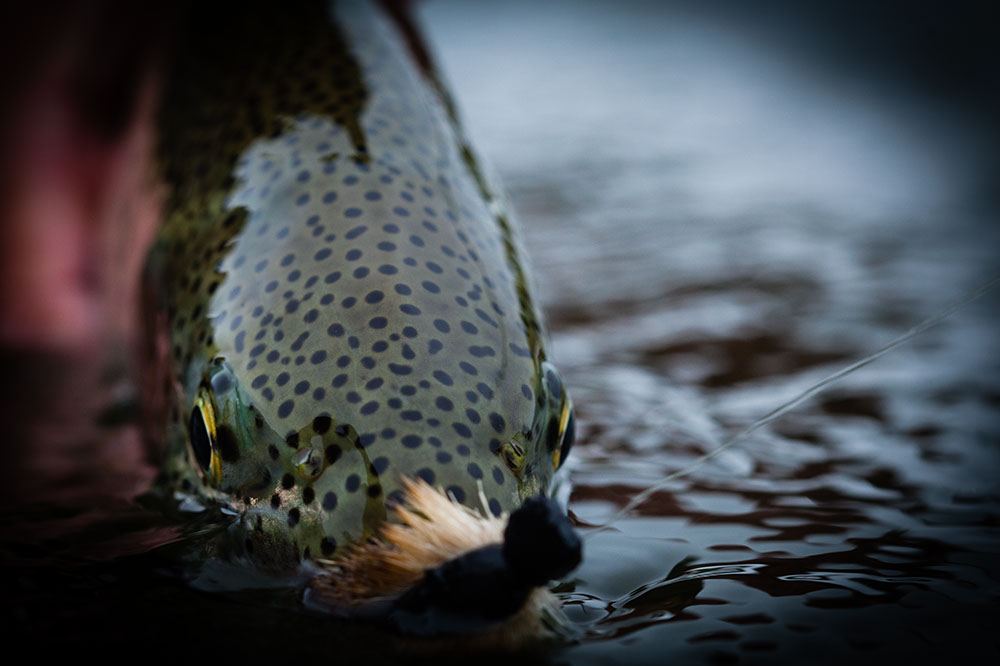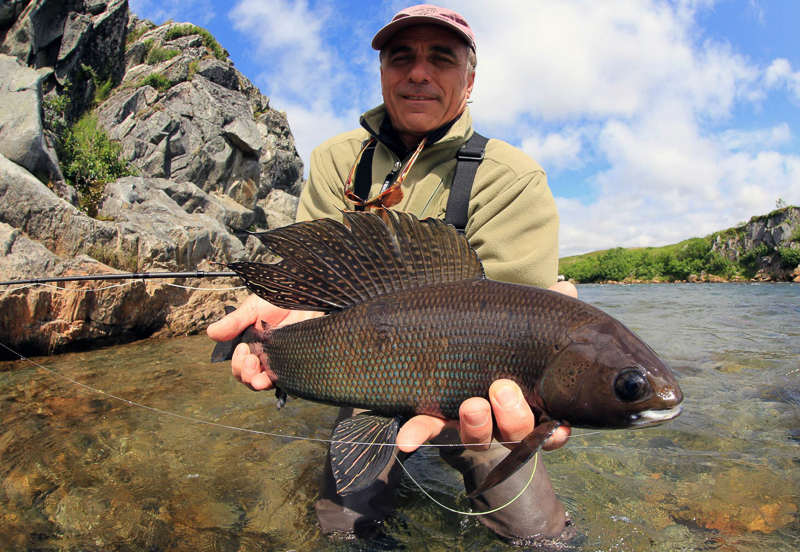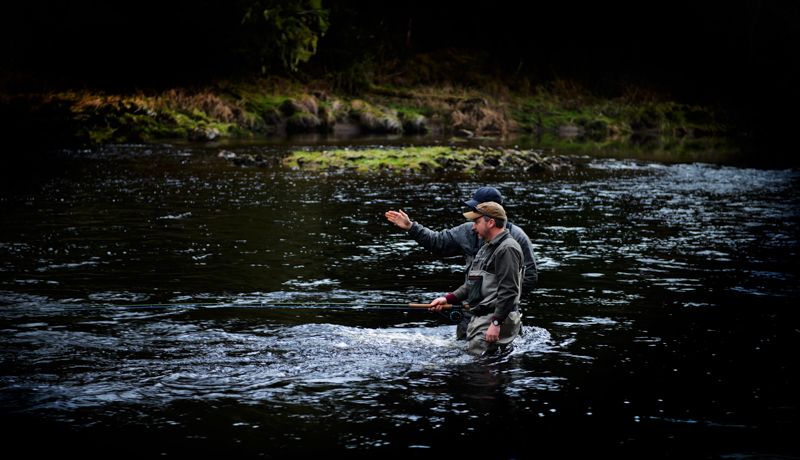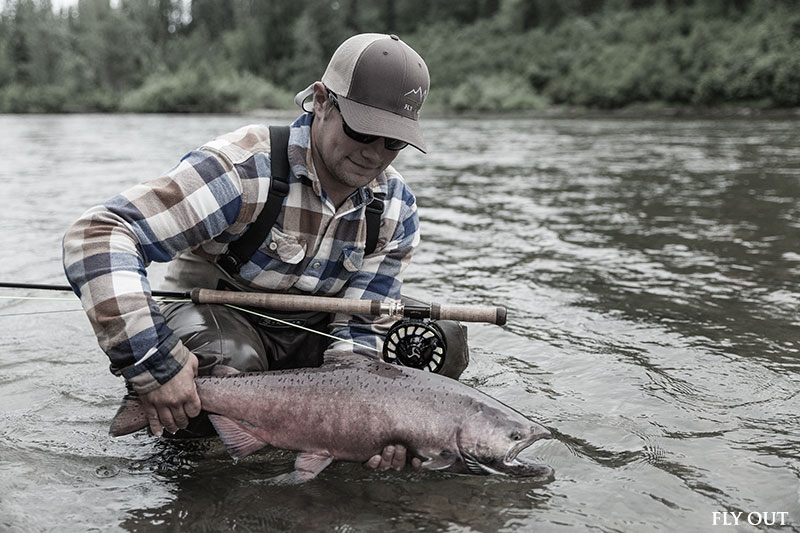One-Of-A-Kind Alaska Bear Viewing Tour
From Redoubt Mountain Lodge
No video selected.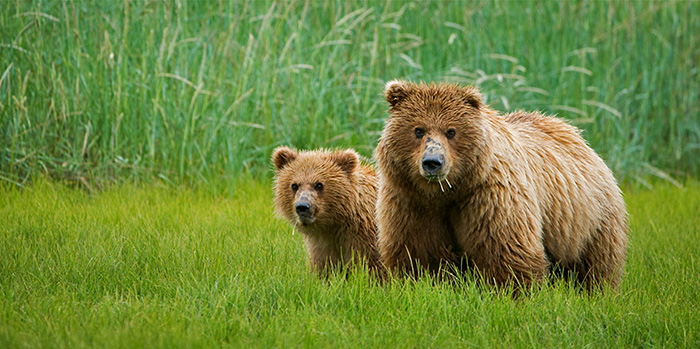 Join Redoubt Mountain Lodge for a BEAR adventure only they can take you on.
Join Redoubt Mountain Lodge for a BEAR adventure only they can take you on.
Pioneered through multiple years of research, this tour is unlike anything offered throughout Alaska. Redoubt Mountain Lodge holds exclusive rights for access into this area during this limited window of intense bear activity. They will not be sharing this location with anyone except the bears! The location has been closely watched for several years documenting the abundance of Alaskan coastal brown bears, their behavior and migratory patterns. Finally they have the logistics arranged, transportation in place and the approval granted and are ready to begin taking adventurous enthusiasts on a bear viewing experience truly unique to anything offered around the world.
This is a coastal area rich in sedge grass, vibrant salt marches and tidal flats littered with clams. Watch enormous boars (males), adolescences, sows with cubs and solitary bears as they go about their daily lives foraging, breeding and being bears.
This tour has it all! Your day will begin with a short helicopter flight from the lodge with an amazing aerial tour viewing numerous bears from the air. Typical flight see tours see 30 or more bears. Helicopter transportation and aerial tour will be followed by a mix of walking and boating throughout a beautiful untouched landscape. The ability to walk 2-3 miles (minimum) is required for all interested guests. Terrain in relatively flat; however, there will be small creeks and muddy areas to traverse. A Redoubt Mountain Lodge guide will be with you the entire day. Daily group sizes are small at only 2 - 4 guests per trip.
